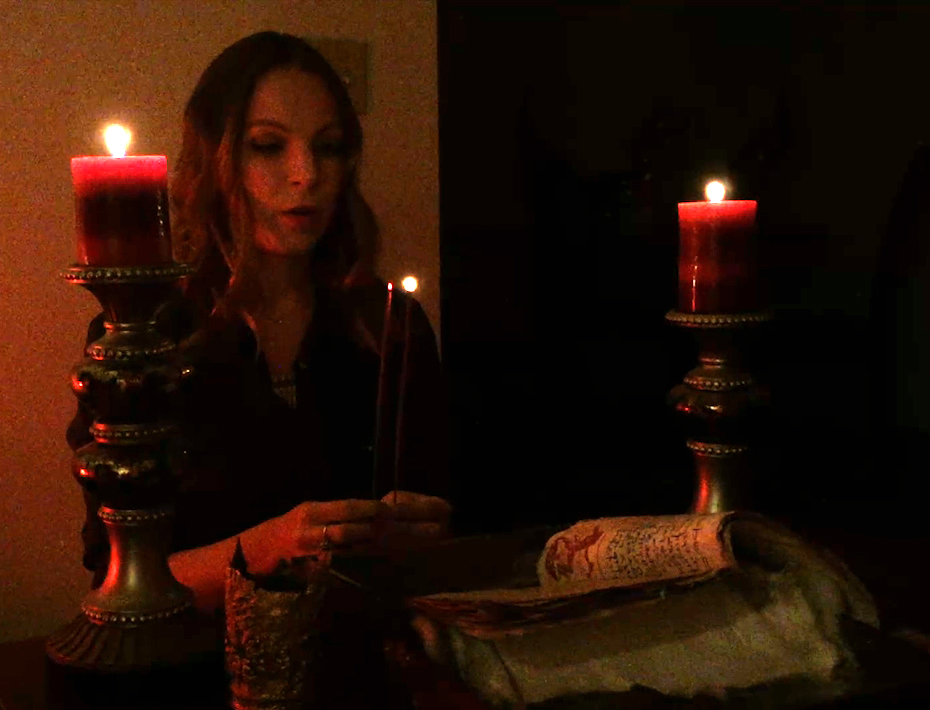Difference between revisions of "Template:POTD protected"
Jump to navigation
Jump to search
Occultwiki (talk | contribs) Tag: Manual revert |
Occultwiki (talk | contribs) |
||
| (21 intermediate revisions by the same user not shown) | |||
| Line 1: | Line 1: | ||
{| role="presentation" style="margin:0 3px 3px; width:100%; text-align:left; background-color:transparent; border-collapse: collapse; " | {| role="presentation" style="margin:0 3px 3px; width:100%; text-align:left; background-color:transparent; border-collapse: collapse; " | ||
|style="padding:0 0.9em 0 0;" | [[File: | |style="padding:0 0.9em 0 0;" | [[File:Ritual-3.jpg|300px|thumb|]] | ||
|style="padding:0 6px 0 0"| | |style="padding:0 6px 0 0"| | ||
'''[[ | '''[[Ritual magic]]''' (also called ceremonial magic, high magic or learned magic) encompasses a wide variety of rituals of magic. The works included are characterized by ceremony and numerous requisite accessories to aid the practitioner. Popularized by the [[Hermetic Order of the Golden Dawn]], it draws on such schools of philosophical and occult thought as [[Kabbalah|Hermetic Qabalah]], [[Enochian]] magic, [[Thelema]], and the magic of various [[grimoire]]s. Ritual magic is major element in [[Hermes Trismegistus|Hermeticism]] and [[occult]]ism. | ||
<p><small>Photo credit: [[Travis McHenry]]</small></p> | |||
<p><small> | |||
[[:Category:Images|'''(More Images)''']] | [[:Category:Images|'''(More Images)''']] | ||
<div class="potd-recent" style="text-align:right;"> | <div class="potd-recent" style="text-align:right;"> | ||
Latest revision as of 18:02, 28 July 2025
|
Ritual magic (also called ceremonial magic, high magic or learned magic) encompasses a wide variety of rituals of magic. The works included are characterized by ceremony and numerous requisite accessories to aid the practitioner. Popularized by the Hermetic Order of the Golden Dawn, it draws on such schools of philosophical and occult thought as Hermetic Qabalah, Enochian magic, Thelema, and the magic of various grimoires. Ritual magic is major element in Hermeticism and occultism.
Photo credit: Travis McHenry |
